Artswire: 250 issues of Landfall, the Bendigo-Ophir gold mine and sweaty hands
Gabi Lardies chats to Landfall editor Lynley Edmeades, updates you on the news, and recommends some stories and films.
Feature image: Still from Gloss Finish by Gabi Maffey. (Photo: Felix Wang)
Today, the 250th issue of Landfall, now Landfall Tauraka, is out. It’s the longest-running arts and literary journal in the country, having been established in 1947 with Charles Brasch, a poet and arts patron, as the editor-in-chief. Over the years, more than 2,500 writers have been published in the journal, and it's seen in the literary community as a rite of passage. The contributors list acts as a historical who’s who – Patricia Grace, Fiona Kidman, Eleanor Catton, Catherine Chidgey, CK Stead, Witi Ihimaera, Paula Morris, Joanna Cho, Hinemoana Baker, Rebecca K. Reilly, Xiaole Zhan, Chris Tse and more.
The covers are an archive too – of printing methods, design styles and artists. Many NZ artists have graced Landfall – Colin McCahon, Tony Fomison, Michael Smither, Ralph Hotere, and for the 250th issue, Fiona Pardington.
On Tuesday, we published a conversation between four of Landfall’s editors: Emma Neale (editor from 2017 to 2021), Chris Price (1993 to 2000), and David Eggleton (2010 to 2017), interviewed by the current editor, Lynley Edmeades, who has held the role since 2021. I couldn’t help but notice that Lynley quietly ducked away from answering questions herself, and so I decided to call her and ask a few.
Here’s our chat:
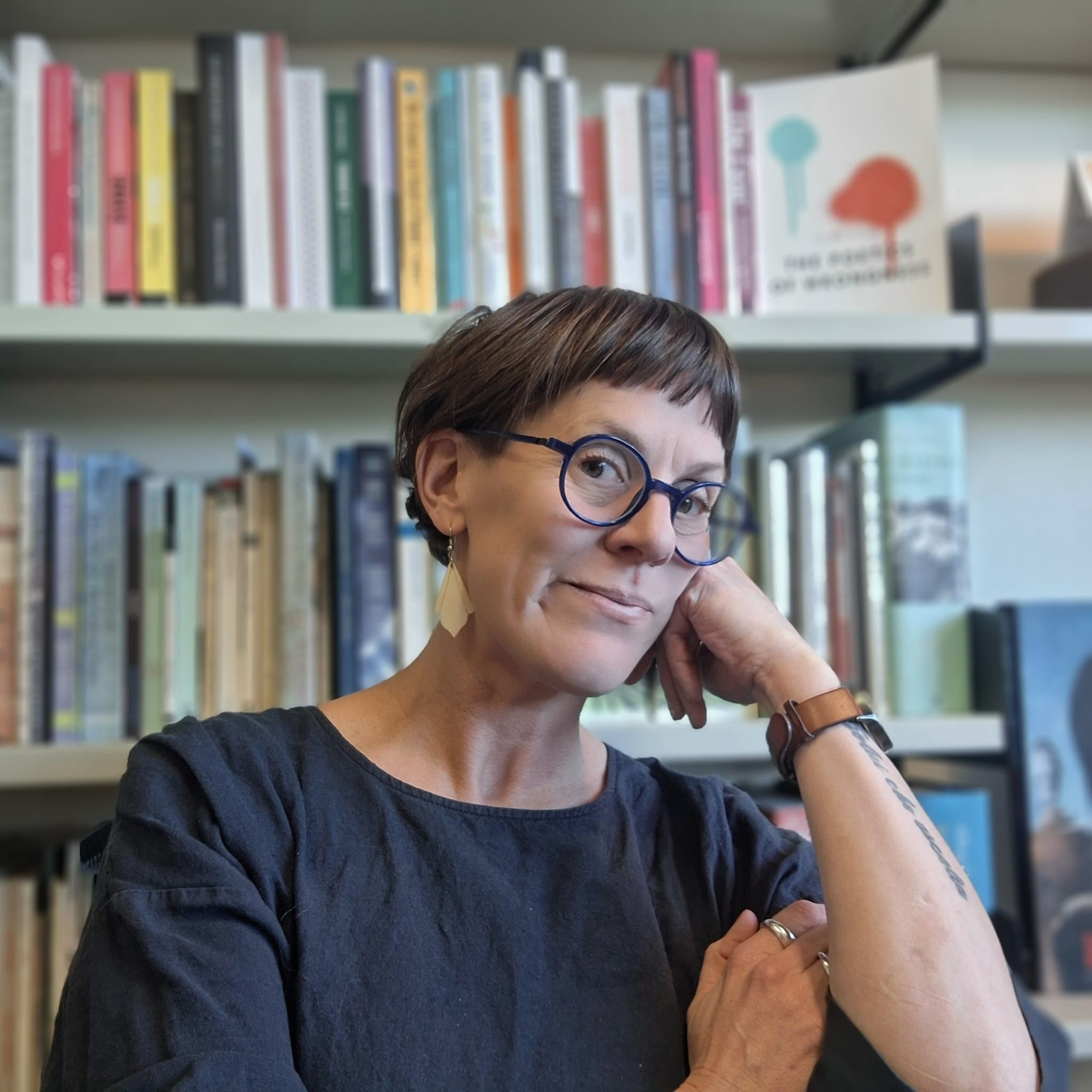
For you, what does it mean to be the editor of Landfall? Does it feel like quite a big responsibility?
Yes. Yes, and it's still really surreal, actually. Doing all this stuff for the 250th issue – it's like, is that even me? I don't even know how this happened. It was a real leap of faith on my part, because I didn't think I was capable of it, and I still don't know if I am, but I'm doing it anyway. It's a real privilege. I feel really lucky to be in this position – to be joining the conversation, and being able to usher voices into these conversations.
Looking back to Charles Brasch and what he wanted from Landfall, I think it's doing that and more. He wanted a place for New Zealand to express themselves. It's always built around the idea of, I don't want to say national identity, but speaking towards those kinds of things, particularly New Zealand literature. In his time, he was interested in establishing what New Zealand writers were doing. I don't think we need to ask ourselves that so much anymore, now it is kind of a repository. I do feel the weight of history on my shoulders, but I also feel really staunch about that history, and I'm willing to stand up for it because it tells us so much about ourselves.
Tell me about this issue, the 250th!
It's a bumper issue. We wanted to acknowledge that this thing has been living for 250 issues and mark that in some way. There was a big celebration at 50 years under Chris Price, so it’s a bit like that. There was a change in format, a slight tilt in angle and a few more things were introduced, like the Landfall essay, which is now some kind of an institution. It’s a moment to recalibrate – Where have we been? Where do we want to go now? How do we want to get there?
We’ve launched the new bilingual name, Landfall Tauraka, which was gifted to us from Te Irika o Wharawhara Te Raki at Ōtākou Whakaihu Waka here in Otago. Tauraka means a ‘safe landing place’, so that was a really nice gift. I think it's important that we do it at a special moment like this.
The designer, Fiona Moffat, has changed the parameters of the book itself, so it's going to look different. I've also introduced the craft interview, which harps back to Landfall’s beginnings. For some reason it dropped away, so I’ve reinstated it. For this inaugural interview, I've interviewed Bill Manhire. Instead of being about the life of the writer, it's really about the craft of the writer.
I’m trying to remind people that it's not always about the personality – it's the work itself that has longevity. It's hard not to take biographical readings of work, but I want to push people to think about the craft, the genre, the words on the page, how something's being constructed, and to see the artistic merit in that. There’s a kind of fetishisation of authors that I think is part and parcel of our times, but I really want to be with the work and I want to encourage people to do that too. It seems that each editor wants to leave their mark somehow – that's hopefully mine.
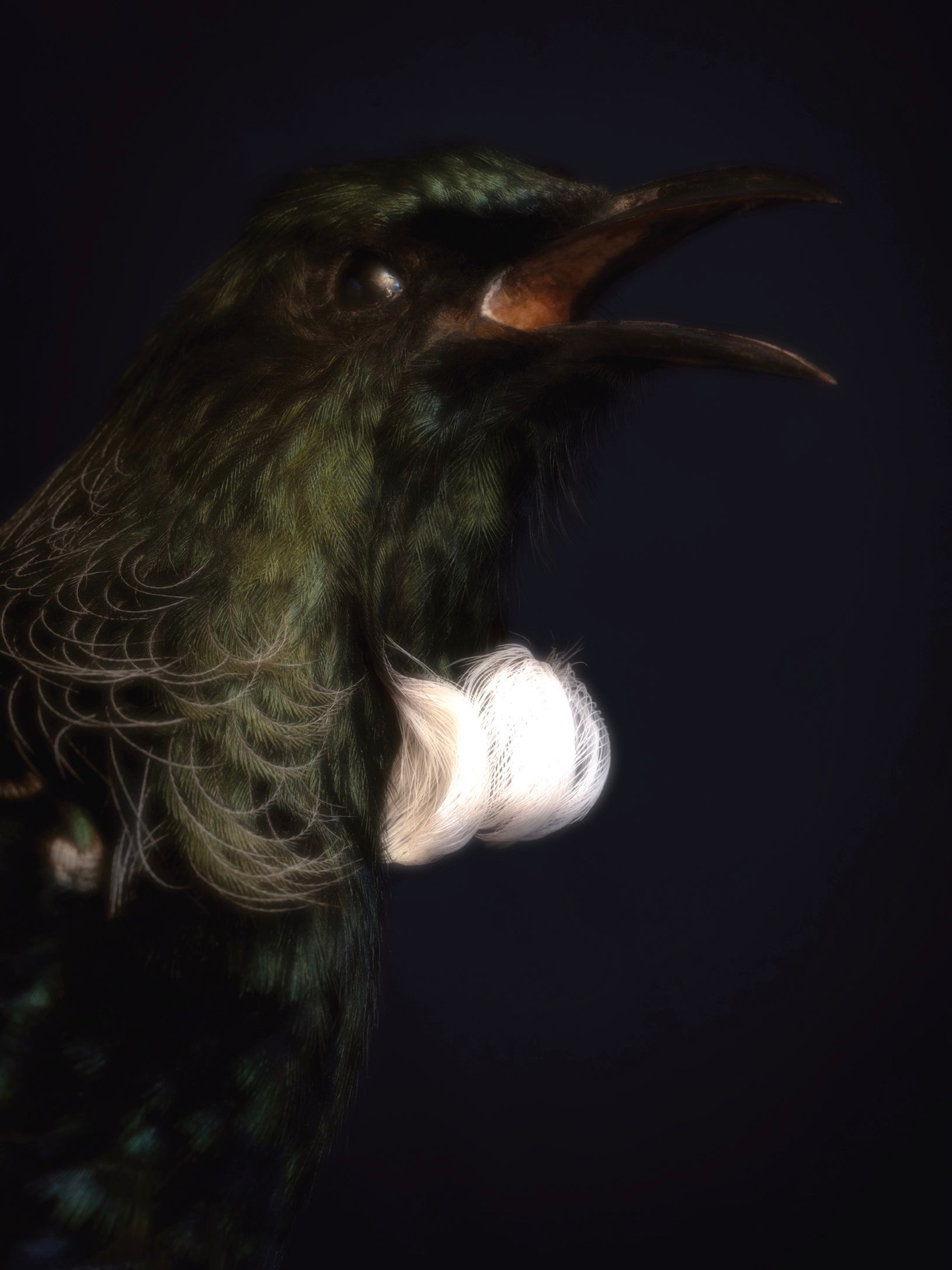
That particular piece seems very much pointed to an audience that writes. Is the audience of Landfall quite specific and niche?
I think it goes beyond that. Certainly the craft interview is relatively niche, but I still think it would be interesting for people that want to be writers, or that have been trying to become writers. I think the reach of the material in Landfall is broad, I don't think it's as niche as some people think it is. I'm constantly reminded by the general public – I might bump into someone and they’ll tell me, “I really liked that story,” or “that poem was cool, I'd never read a poem like that.”
There's something about this curated object that they can encounter as they like. There are things that they might not like, but then there might be something on the next page that they do like. There's quite a big variety, and I try to keep that variety up as I'm selecting pieces. I think in our algorithms we're always encountering the same thing or a version of the same thing, and so it's good to go, “Oh, there's something that's something completely different that I didn't know I liked.”
Do you work entirely with submissions?
I get so many submissions – there's so much good work in there that I don't need to go looking for more. Occasionally I'll say to someone, “Would you send me some work?” Only very occasionally, to established writers. I saw Fiona Farrell last week and I said, “Hey, you've never sent me anything. Why haven't you?” She hadn’t even thought about it. So occasionally I'll say something like that at an opportune moment.
Why do you think Landfall has managed to stick around when the majority of literary journals – or magazines or websites – have relatively short life-spans?
I think it's one of those self-perpetuating processes – it made it as far as it did and therefore it kept going. I talked to Michele Leggott about a month ago. She was a guest editor in the ‘80s or ‘90s and she said that she and her comrades tried to kill it. They actively tried to kill it, and it wouldn't die. I asked, “Why did you do that?” and she said it seemed like it had done its time, the way that these things have a natural lifecycle. But at that point, somebody else picked it up, then somebody else picked it up, and there was always a little, just a little, bit of energy there to keep it going. Now it's become the tall tree in the forest.
But, you know, we’ve just seen Meanjin, the University of Melbourne’s literary journal, fall. That was older than Landfall, and it was supported by the University of Melbourne. We’re supported by Otago University Press, but it can’t be taken for granted – if management changes, they could just take it away. So it's really dependent on subscribers, actually. I think it would struggle to fall now – I think someone would try and pick it up. But if people were looking to make money off it, it would never work. It's a labour of love.
💥News on the wire
Artists fundraise to fight Bendigo-Ophir gold mine
Bruce Foster, Dick Frizzell, Elizabeth Thomson, Eric Schusser, Euan Macleod, Grahame Sydney, Gregory O’Brien, Jenna Packer and Nigel Brown have gifted works to raise funds for the opposition to the proposed Bendigo-Ophir gold mine in Central Otago. There are 20 works for sale online, expected to raise more than $35,000 for Sustainable Tarras.
Rana Hamida and other NZers on the Global Sumud Flotilla, home safe
Last Friday afternoon, Rana Hamida, Youssef Sammour and Samuel Leason arrived at Auckland International Airport, welcomed home by loved ones and a crowd of supporters. Though they’re now safe, they say they were treated “like crap” and “like animals”.
NZer wins prestigious Australian sculpture award
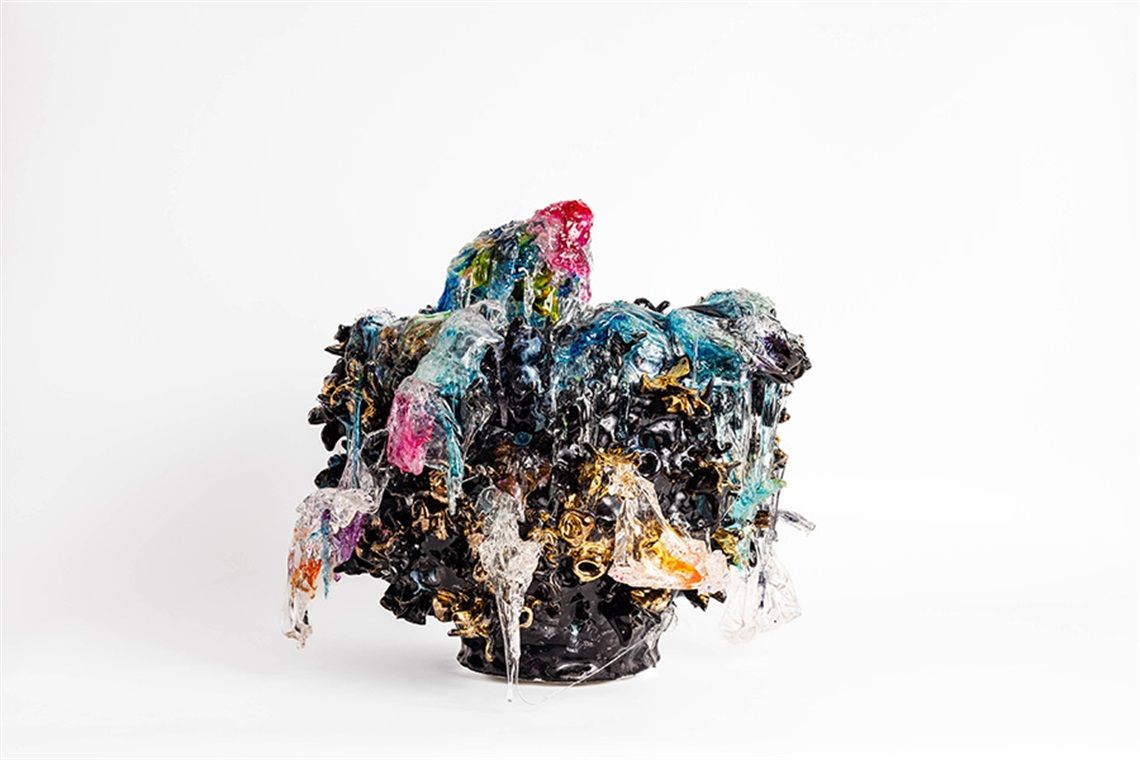
Auckland-based artist Virginia Leonard has won the $25,000 grand prize at the Woollahra Small Sculpture Prize. The winning work, Glad that you are not here all the time, is an urn for unwanted limbs and other things, crafted from clay, pure gold and resin.
Objectspace announce this year’s Weekly Objects makers
Each year Objectspace sell coveted, limited edition objects as a fundraiser for five weeks. They’ve revealed that this year’s makers are Rick Rudd, Daegan Wells, Judy Darragh, Gerard Dombroski and Mike Austin, and that sales begin on 29 October. You will have to be fast!
Auckland Theatre Company’s new season
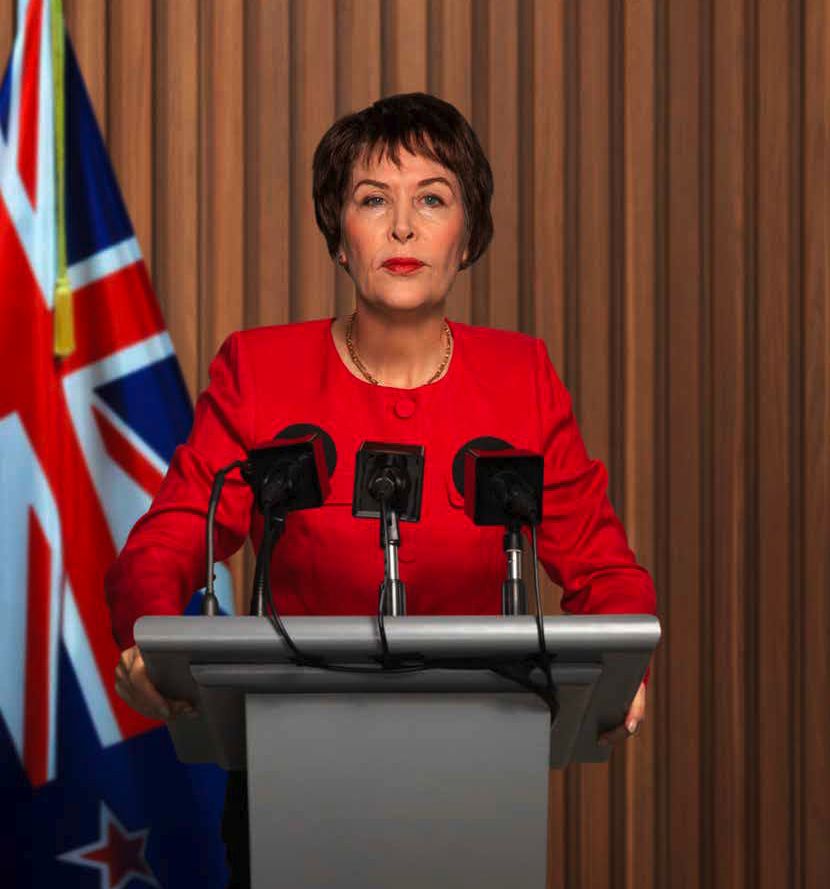
On Monday Auckland Theatre Company announced seven shows for their 2026 season. Among them are two world premieres, Fiona Samuel’s new play Helen Clark in Six Outfits and Vela Manusaute’s Sons of Vao. There’s also two coming from abroad: the Kander and Ebb Broadway musical Cabaret (yes, a musical) and RBG: Of Many, One, by Suzie Miller. Rounding out the collection are two celebratory re-stagings, Hone Kouka’s Waiora Te Ūkaipō – The Homeland for its 30th anniversary, and Agatha Christie’s Murder on the Orient Express, back because last time people were banging on the box office windows to get tickets. And it wouldn’t be a Jonathan Bielski season without Shakespeare, this time Macbeth.
Prayas Theatre celebrating 20 years of South Asian storytelling
The company was founded in 2005, originally to produce original Indian theatre in English for New Zealand audiences. Over the past 20 years, Prayas has evolved to become the largest South Asian community theatre and cultural group, bridging cultures and creating opportunities for both performers and audiences. To celebrate, Prayas is presenting Pitārā – a series of bite-sized scenes from six plays in their body of work from 5-7 November at TAPAC, one of the first venues to invite the company to present. Tickets are only $15!
Vincent O’Malley wins $25,000 award
The Copyright Licensing New Zealand and The New Zealand Society of Authors (NZSA) Te Puni Kaituhi O Aotearoa’s 2026 Writers' Award has been awarded to Vincent O’Malley for a project tracking how Māori land ownership went from 100% in 1840 to a little over 5% by the time of the 1975 Māori Land March.
Becky Manawatu wins Sargeson Prize
![First place Open Becky Manawatu, credit Stewart Nimmo[33].jpg.jpeg](https://strapi.thebigidea.nz/uploads/First_place_Open_Becky_Manawatu_credit_Stewart_Nimmo_33_jpg_6e1bc0fe41.jpeg)
There were a record-breaking 1,470 entries this year to New Zealand’s biggest short story competition, with a first prize of $15,000. Becky Manawatu (Ngāi Tahu, Ngāti Māmoe, Waitaha) won with a quirky story about a vase mysteriously resurrected after being smashed during a cousins’ drinking session. The draft was written in one afternoon over a year ago, then was tucked away after feedback and left to simmer. When Manawatu returned to it she “freshened it up and then freshened it up once or twice more before entering it into the contest.”
Catherine Chidgey makes history as kiwis’ favourite author
In The Women’s Bookshop’s Top 50 Women Writers of the Last 50 Years survey, Catherine Chidgey (Pet, The Book of Guilt, The Axeman’s Carnival, The Wish Child) has been voted the favourite author in the world. It’s the first time a New Zealand author has taken the top spot in the 20 years the competition has been running!
Show Me Shorts award winners announced
“As a jury we were struck by the richness and diversity of the films presented this year,” said jury member and casting director Stu Turner. “The standard of storytelling was truly inspiring – making our discussions both challenging and deeply rewarding.” The winners are:
Department of Post Best New Zealand Film: Laura Ganotis, Arthur Gay for When the Geese Flew
Best International Film: Jake Wachtel, Sok Visal, Alan R. Milligan for The Sentry (Cambodia, Norway, USA)
NZ on Air Best Music Video: Marlon Williams, Jessica Todd for Aua Atu Rā – Marlon Williams
Toi Whakaari Best Actor: Dahnu Graham for Flagfall
DEGANZ Best Director: Allan George for Mirumiru (Bubble)
DEGANZ Best Editor: Joe Lonie for Flagfall
Best Cinematographer: Dave Garbett for Ace
Script to Screen Best Screenplay: Alex Farley for Wild Nights, Wild Nights!
Voting for the People’s Choice Award is still open online.
Ever wanted to look like you’re in a painting?
Well the Auckland Art Gallery has partnered with Wallace Cotton to recreate the robe being worn in Maud Sherwood’s 1921 painting Reading. It’ll set you back $119.90.
Gus Fisher Gallery announces artists for The Changing Room 2026
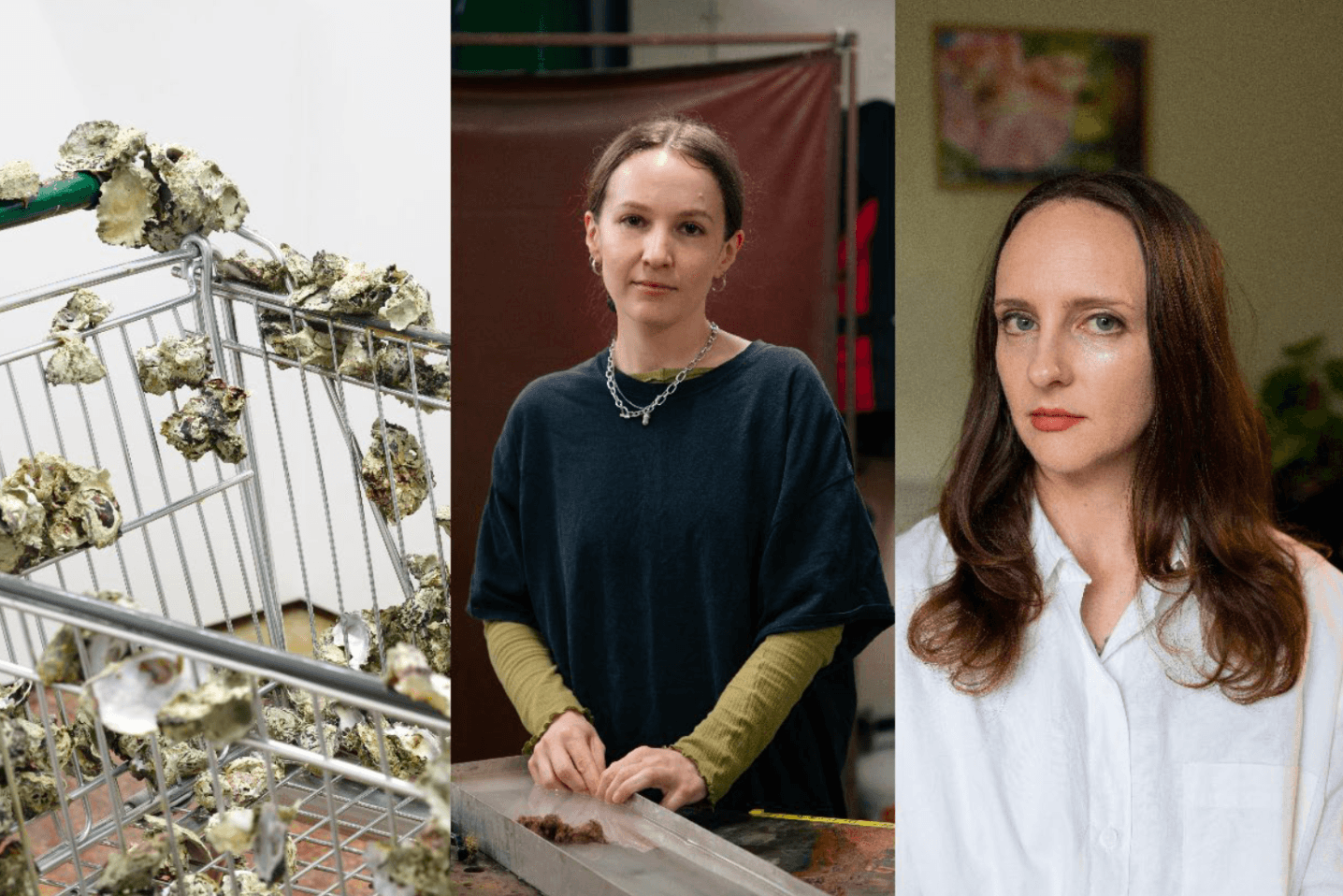
Rangi White (Rongomaiwahine, Ngāti Rakaipaaka), Lucy Meyle and Frances Libeau have been selected to show works at the contemporary gallery’s proposal-driven initiative The Changing Room. They were selected by Owen Connors and Ngahuia Harrison (Ngātiwai, Ngāti Pukenga, Ngāpuhi) and will be remunerated thanks to support from The Chartwell Trust.
📝 Letters to the editor
Last week I wrote with great envy about the news that Ireland’s Basic Income for the Arts (BIA) scheme will be continued, and suggested that since the current government has shown no interest in any such thing, it may be up to Labour to present a vision for the country’s future which involves supporting artists, perhaps by bringing back the PACE scheme. Here’s a couple of things I heard back:
“Bring it on”
“We need to do a better, more stable and longer lasting programme than PACE. Take it out of being run through WINZ and give it to MBIE. We also DESPERATELY need an accompanying Artists union (run by ARTISTS) to responsibly collective bargain fees, allowances and wages with proper consultation.”
👀 Further reading, watching, listening
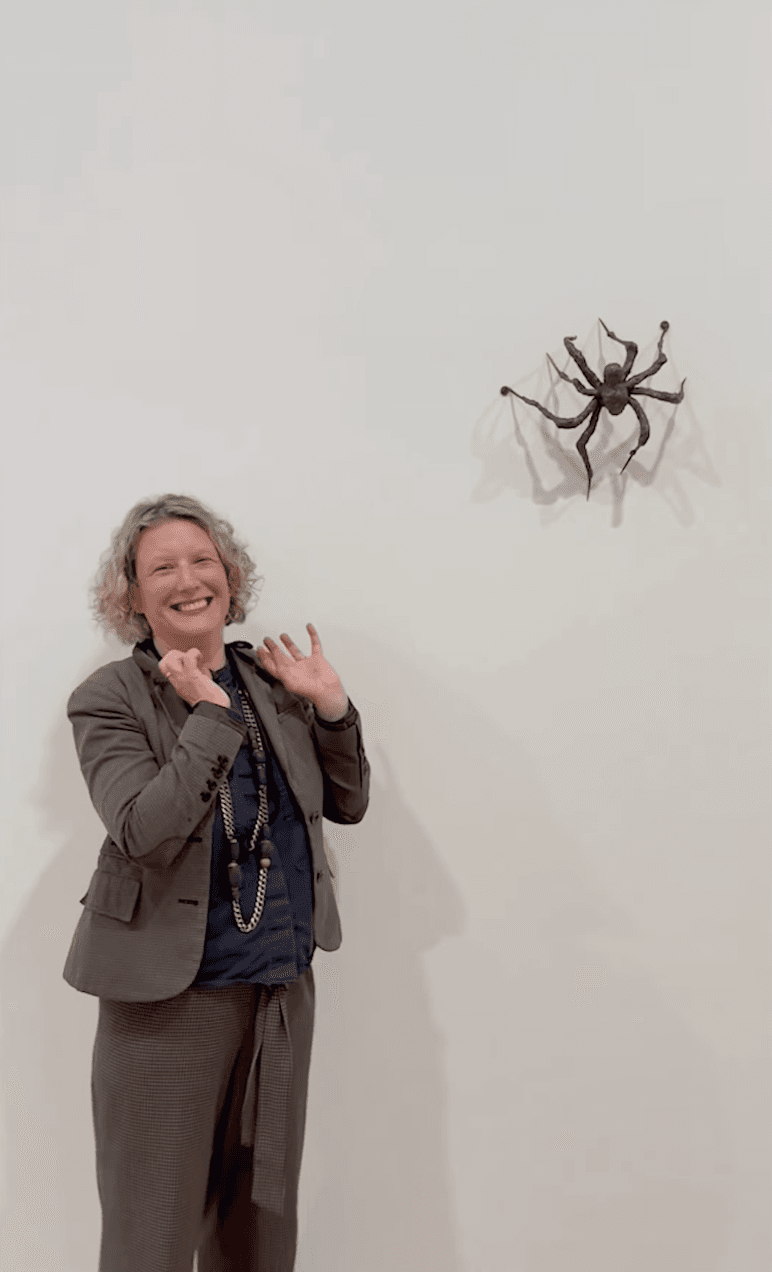
Tomorrow we will be reporting live from the Arts Foundation's Laureate Awards – if you check our website, or follow us on Insta between 6:45 and 9pm, you will find out who the eight new laureates are before anyone else!
Have you ever wondered if you should start an email newsletter to keep all your adoring fans satiated and updated? Nadine Hura, who has been doing it for a decade, has unconventional tips that might actually be useful in deciding if you should, and if so, how to do it.
The Spinoff and Auckland Art Gallery Toi o Tāmaki asked me to write about the first ever Louise Bourgeois exhibition in Aotearoa. (It’s quietly glorious and entry is free!)
We’ve launched a new editorial format called Shameless Plug. It’s an opportunity to hear directly from creatives who have a project to share. But before they plug it, they have to spill a few secrets. In the first edition, Sam Strong and Tim McGarry delve into their careers in theatre.
Day One Shorts, a series of eight films by young filmmakers exploring cultural, social and political issues, can be watched in their entirety for free on RNZ. My pick of the bunch is Gloss Finish directed by Gabi Maffey. It’s funny, moving, beautiful and you simply must watch it to find out what the Despairing Homewives are up to.
Fifty years ago this week, the Māori land march arrived at Parliament after a month-long hīkoi. The documentary, Te Matakite o Aotearoa – The Māori Land March by Geoff Steven, chronicles the march, including key interviews, in grainy footage and is free to watch!
That’s all, folks. Thanks for reaching the bottom!